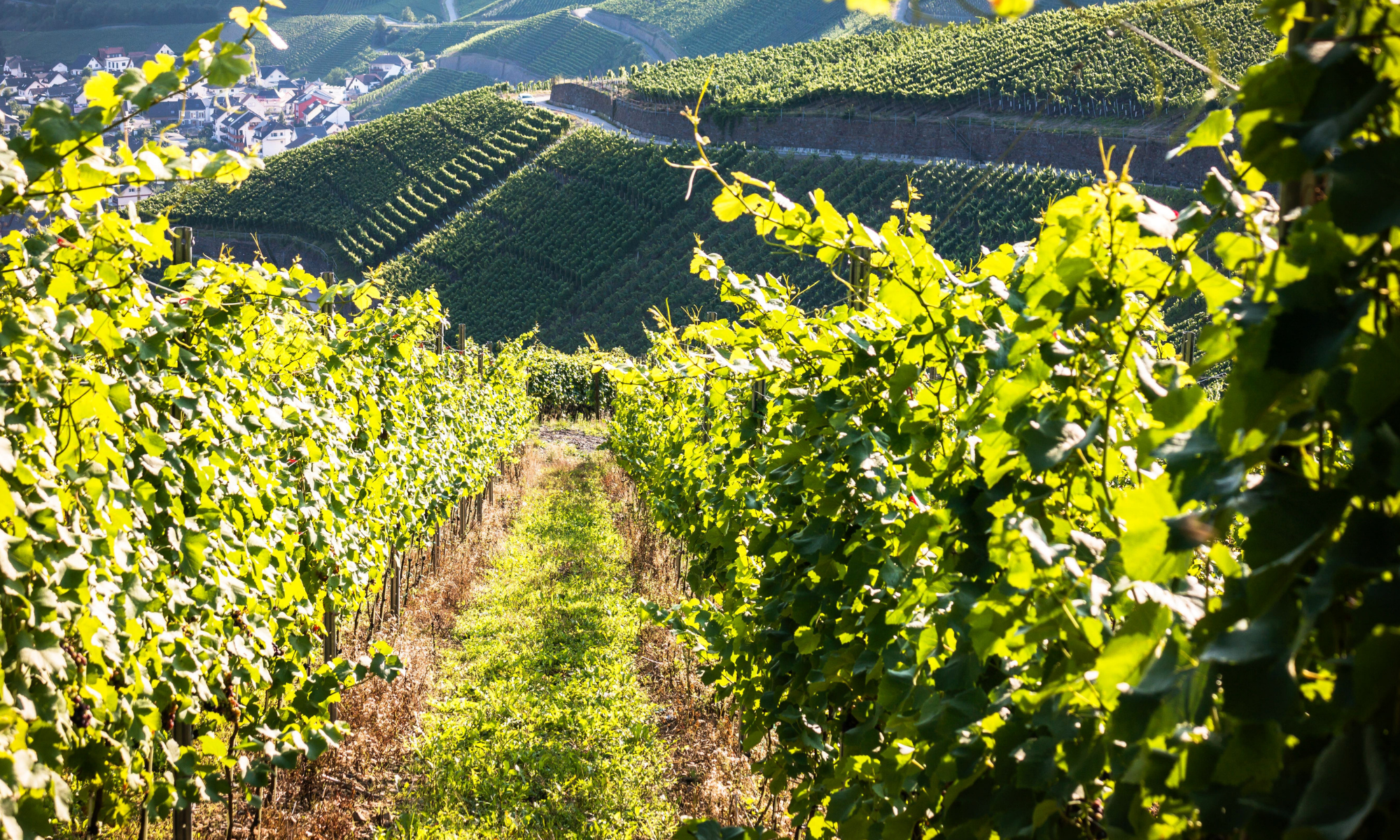
I See Sea Food
by Jenna Grodzicki
32 pages; ages 4-9
Millbrook Press, 2019
Pineapples, pancakes, and chocolate chip cookies are tasty treats. But did you know they all live in the ocean?
Wait! Really? Chocolate chip cookies? Ok, maybe not cookies, but chocolate chip sea stars live in the ocean. So do pineapple fish, pancake batfish, and pizza crust sea slugs! Excuse me – I’ve got to grab a snack now, but I’ll be right back…
… OK, where was I? <brushing cookie crumbs off keyboard>
Oh yes, What I like love about this book:
- the mouthwatering names of sea creatures. In addition to pizza and cookies, there are fruits (sea apples and banana wrasse) and vegetables (cauliflower jellyfish and lettuce sea slugs). So it’s a well-balanced menu – er, book;
- the delicious photos of the fish and sea slugs and sea stars;
- the “fast facts” sidebars for every creature, providing species name, size, range and habitat, and what eats it;
- and the breezy, fun way Jenna Groszicki introduces each creature. For example, when discussing egg yolk jellyfish she subtitles her text “sunny-side up”. How imaginative!
Plus, dare I say it, Back Matter! In addition to a glossary and further reading, there’s a “Sea Food or Me Food?” quiz.
Head over to Archimedes Notebook to explore the Deep Dark Sea with Gail Gibbons, and some Beyond the Books exploration.

It’s STEM Friday! (STEM is Science, Technology, Engineering, and Mathematics)
Copyright © 2019 Sue Heavenrich All Rights Reserved.



 by Ann Marie Stephens; illus. by Jia Liu
by Ann Marie Stephens; illus. by Jia Liu



 Evelyn The Adventurous Entomologist: The True Story Of A World-Traveling Bug Hunter
Evelyn The Adventurous Entomologist: The True Story Of A World-Traveling Bug Hunter


 STEAM Jobs in Cybersecurity (Series: STEAM Jobs You’ll Love)
STEAM Jobs in Cybersecurity (Series: STEAM Jobs You’ll Love)

